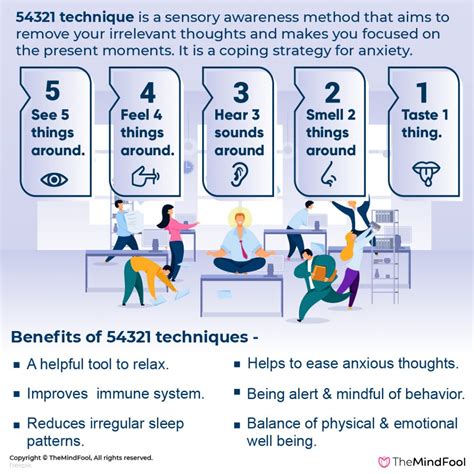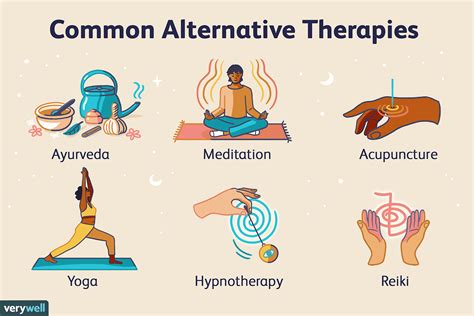Intro
Discover 5 effective ways to treat bursitis, a painful joint condition, using physical therapy, medication, and home remedies, alleviating inflammation and reducing swelling, for optimal bursitis relief and management.
Bursitis is a common condition that affects millions of people worldwide, causing pain, swelling, and limited mobility in the affected joints. The condition occurs when the bursae, small fluid-filled sacs that cushion bones, tendons, and muscles, become inflamed. This inflammation can be caused by a variety of factors, including repetitive motion, direct blows to the joint, or underlying medical conditions such as arthritis. Understanding the causes and symptoms of bursitis is essential in finding effective treatment options.
Bursitis can affect anyone, regardless of age or occupation, although it is more common among athletes, construction workers, and individuals who engage in repetitive activities. The condition can be acute or chronic, with acute bursitis typically resolving on its own within a few weeks, while chronic bursitis can persist for months or even years. Seeking medical attention is crucial in managing the condition and preventing further complications.
The good news is that bursitis can be treated, and there are various options available to alleviate symptoms and promote healing. From conservative treatments to surgical interventions, the goal of treatment is to reduce inflammation, relieve pain, and restore mobility to the affected joint. In this article, we will explore the different ways to treat bursitis, highlighting the benefits, risks, and effectiveness of each approach.
Treatment Options for Bursitis

Treatment for bursitis depends on the severity of the condition, the location of the affected bursa, and the individual's overall health. The primary goal of treatment is to reduce inflammation, relieve pain, and promote healing. Here are five ways to treat bursitis:
1. Conservative Treatment
Conservative treatment is often the first line of defense against bursitis. This approach involves a combination of rest, ice, compression, and elevation (RICE) to reduce inflammation and alleviate pain. Patients are advised to avoid activities that aggravate the condition and to apply ice to the affected area for 15-20 minutes, several times a day. Compression bandages or wraps can help reduce swelling, while elevation can promote blood flow and reduce inflammation.Medications for Bursitis

In addition to RICE, medications such as nonsteroidal anti-inflammatory drugs (NSAIDs) and corticosteroids can be prescribed to reduce inflammation and relieve pain. NSAIDs, such as ibuprofen and naproxen, can be taken orally or applied topically to the affected area. Corticosteroids, on the other hand, can be injected directly into the bursa to reduce inflammation and promote healing.
2. Physical Therapy
Physical therapy is an essential component of bursitis treatment, particularly in chronic cases. A physical therapist can help patients develop a customized exercise program to strengthen the surrounding muscles, improve range of motion, and reduce stiffness. Exercises such as stretching, strengthening, and mobilization can help promote healing, reduce pain, and improve overall function.Alternative Therapies for Bursitis

Alternative therapies, such as acupuncture, massage, and chiropractic care, can also be effective in managing bursitis symptoms. These therapies can help reduce pain, promote relaxation, and improve overall well-being. Acupuncture, for example, involves the insertion of fine needles into specific points on the body to stimulate healing and reduce inflammation. Massage therapy can help reduce muscle tension, promote blood flow, and break down adhesions.
3. Injections for Bursitis
Injections are a common treatment option for bursitis, particularly in cases where conservative treatment has failed to provide relief. Corticosteroid injections can be administered directly into the bursa to reduce inflammation and promote healing. Platelet-rich plasma (PRP) injections, which involve the injection of platelet-rich plasma into the affected area, can also stimulate healing and reduce inflammation.Surgical Options for Bursitis

In severe cases of bursitis, surgical intervention may be necessary to remove the inflamed bursa or to repair any underlying damage to the surrounding tissues. Surgery can be performed arthroscopically or through an open incision, depending on the location and severity of the condition. Arthroscopic surgery involves the use of a small camera and surgical instruments to visualize and treat the affected area, while open surgery involves a larger incision to access the affected area.
4. Lifestyle Modifications
Lifestyle modifications are essential in managing bursitis symptoms and preventing future episodes. Patients are advised to avoid activities that aggravate the condition, such as repetitive motion or heavy lifting. Maintaining a healthy weight, engaging in regular exercise, and practicing good posture can also help reduce the risk of bursitis. Wearing proper footwear, using ergonomic equipment, and taking regular breaks can also help reduce the risk of bursitis.Preventing Bursitis

Preventing bursitis is crucial in reducing the risk of future episodes. Patients can take several steps to prevent bursitis, including avoiding repetitive activities, wearing proper footwear, and using ergonomic equipment. Maintaining a healthy weight, engaging in regular exercise, and practicing good posture can also help reduce the risk of bursitis.
5. Home Remedies
Home remedies can be effective in managing bursitis symptoms, particularly in mild cases. Patients can try applying heat or cold packs to the affected area, taking over-the-counter pain medications, or using topical creams or ointments to reduce pain and inflammation. Epsom salt baths, castor oil packs, and turmeric supplements can also be used to reduce inflammation and promote healing.Conclusion and Final Thoughts

In conclusion, bursitis is a common condition that can be treated with a variety of approaches. From conservative treatment to surgical intervention, the goal of treatment is to reduce inflammation, relieve pain, and promote healing. By understanding the causes and symptoms of bursitis, patients can take steps to manage their condition and prevent future episodes. Whether through lifestyle modifications, home remedies, or medical interventions, there are many effective ways to treat bursitis and improve overall quality of life.
We invite you to share your thoughts and experiences with bursitis in the comments section below. Have you tried any of the treatment options mentioned in this article? What worked best for you? Share your story and help others who may be struggling with this condition.
What is the main cause of bursitis?
+The main cause of bursitis is inflammation of the bursae, which can be caused by repetitive motion, direct blows to the joint, or underlying medical conditions such as arthritis.
How can I prevent bursitis?
+You can prevent bursitis by avoiding repetitive activities, wearing proper footwear, using ergonomic equipment, maintaining a healthy weight, and engaging in regular exercise.
What are the symptoms of bursitis?
+The symptoms of bursitis include pain, swelling, and limited mobility in the affected joint, as well as redness, warmth, and tenderness to the touch.
Can bursitis be treated without surgery?
+Yes, bursitis can be treated without surgery in many cases. Conservative treatment options such as rest, ice, compression, and elevation, as well as physical therapy and medications, can be effective in managing symptoms and promoting healing.
How long does it take to recover from bursitis?
+The recovery time for bursitis varies depending on the severity of the condition and the effectiveness of treatment. In general, acute bursitis can resolve on its own within a few weeks, while chronic bursitis can take several months to a year or more to fully recover.
